From Ashland to Paducah, Florence to Corbin, Kentucky is home to almost 5,000 Kentucky Society Daughters of the American Revolution (KSDAR) in 83 chapters. Building on our state’s history, the KSDAR unites women from every corner of the Bluegrass in service to our communities, state, and nation. Our state society of the National Society Daughters of the American Revolution (NSDAR or DAR) was established in 1896, just six years after the incorporation of DAR. All members have proven their family lineage back to a Patriot of the American Revolutionary War.
DAR is a non-profit, non-political volunteer service organization that provides millions of hours of volunteer service each year. Our activities, projects and programs address three objectives:
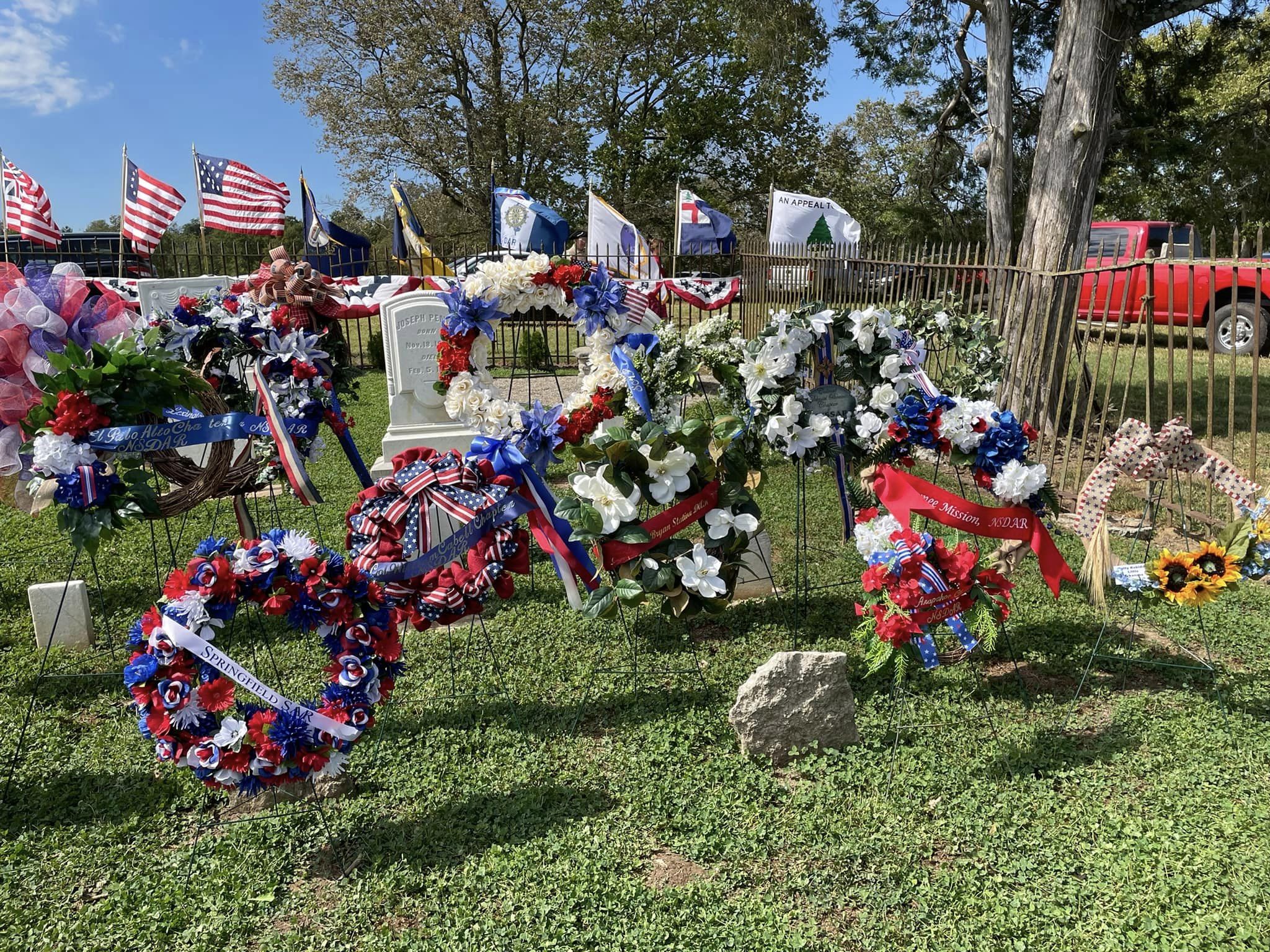
Daughters work to preserve our cultural heritage by preserving documents, artifacts, and buildings, and by placing plaques and markers at locations of historical significance.
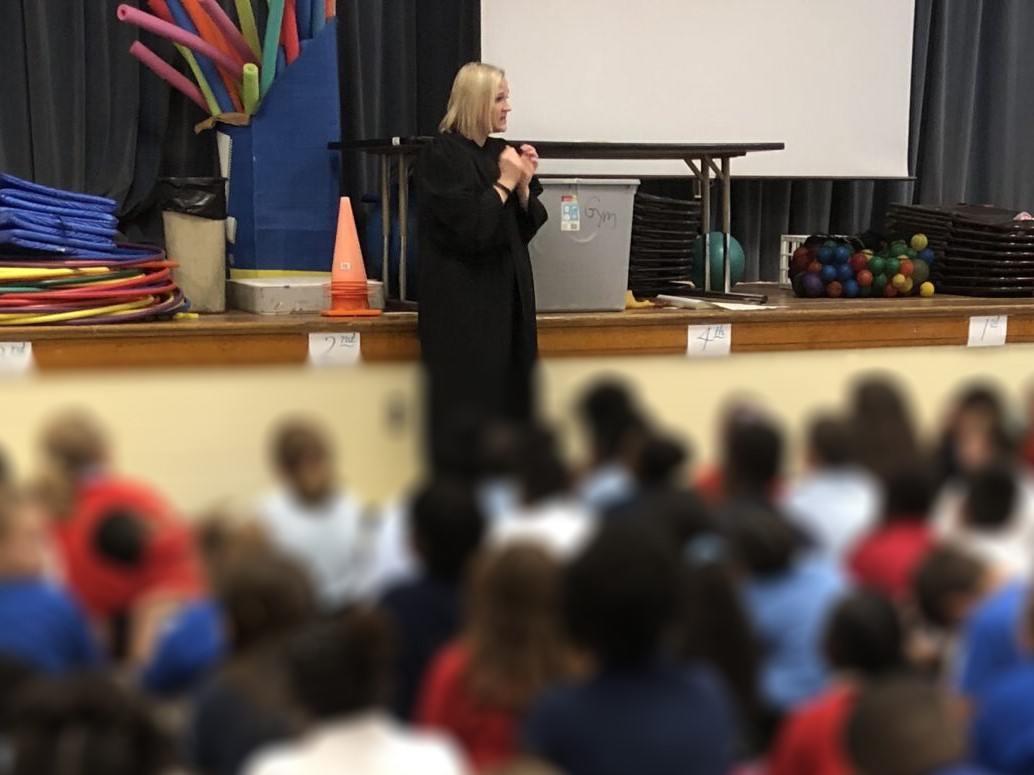
Supporting our schools and students from elementary through college is an ongoing effort, incorporating awards and scholarships, offering community programs, and engaging students in historical essay contests.
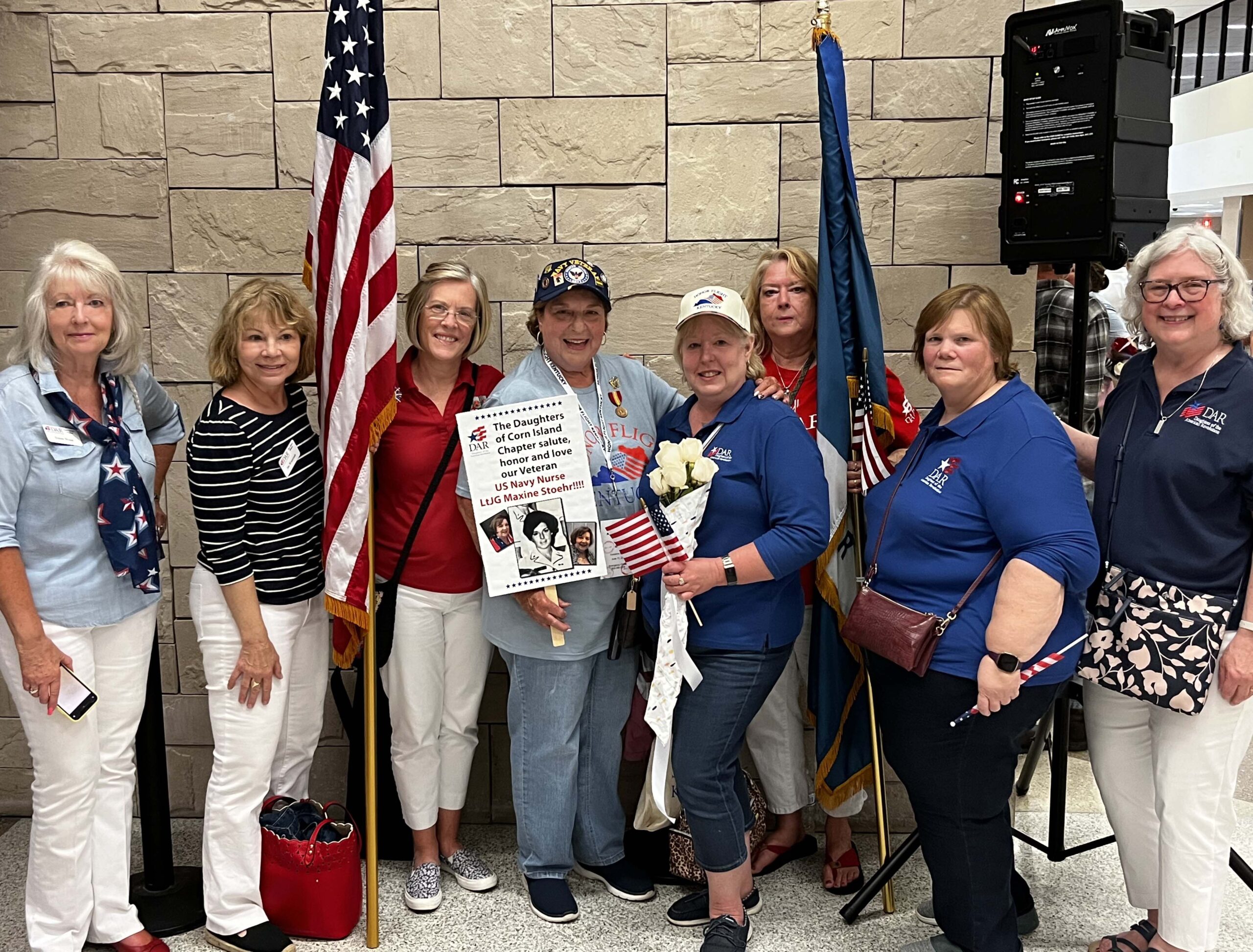
With our deep connections to the Patriots who fought to create and preserve our country, Daughters work tirelessly to recognize and support our veterans in Veterans Administration (VA) medical centers, providing care packages for active duty, meeting Honor Flights, and sponsoring local Wreaths Across America events.
While the history of the American Revolutionary War tends to focus on the 13 colonies, Kentucky saw the establishment of a military base, fighting, including the last major battle of the war at Blue Licks, and the emergence of two American legends: Daniel Boone and George Rogers Clark.
George Rogers Clark
In 1776, Kentucky was referred to as Fincastle County, part of Virginia. Later that year, the county was divided and a third of it became Kentucky. The representative to the Virginia Assembly, George Rogers Clark, requested supplies to arm against British-funded Native American raids. Few British troops came into Kentucky, leaving the fighting to the Native Americans. A surveyor, soldier, and militia officer, George Rogers Clark became the highest-ranking American Patriot military officer on the northwestern front during the American Revolutionary War. In May 1778, he established a farming settlement of his militia troops and 60 civilian settlers on what was then called Dunmore’s Island in the Ohio River to support his now-famous Illinois Campaign.
In July of 1778, Clark and 175 of his men crossed the Ohio Rver and succeeded in taking numerous forts and settlements from British and mercenary control, including Kaskaskia and Vincennes, which greatly weakened British influence in the Northwest Territory. Clark renamed the island “Corn Island,” presumably to hide the settlement’s real purpose; a communication post for his military campaigns. The remaining settlers later moved to the mainland and established Louisville. The island was submerged to make way for the McAlpine Locks and Dam in the 1900s.
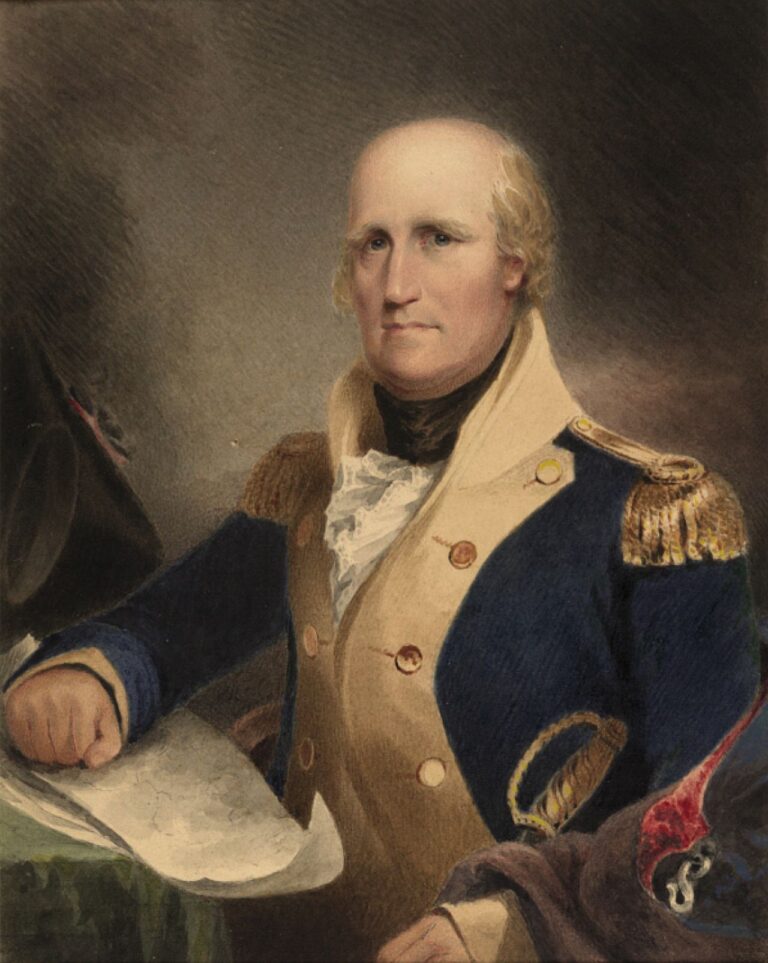
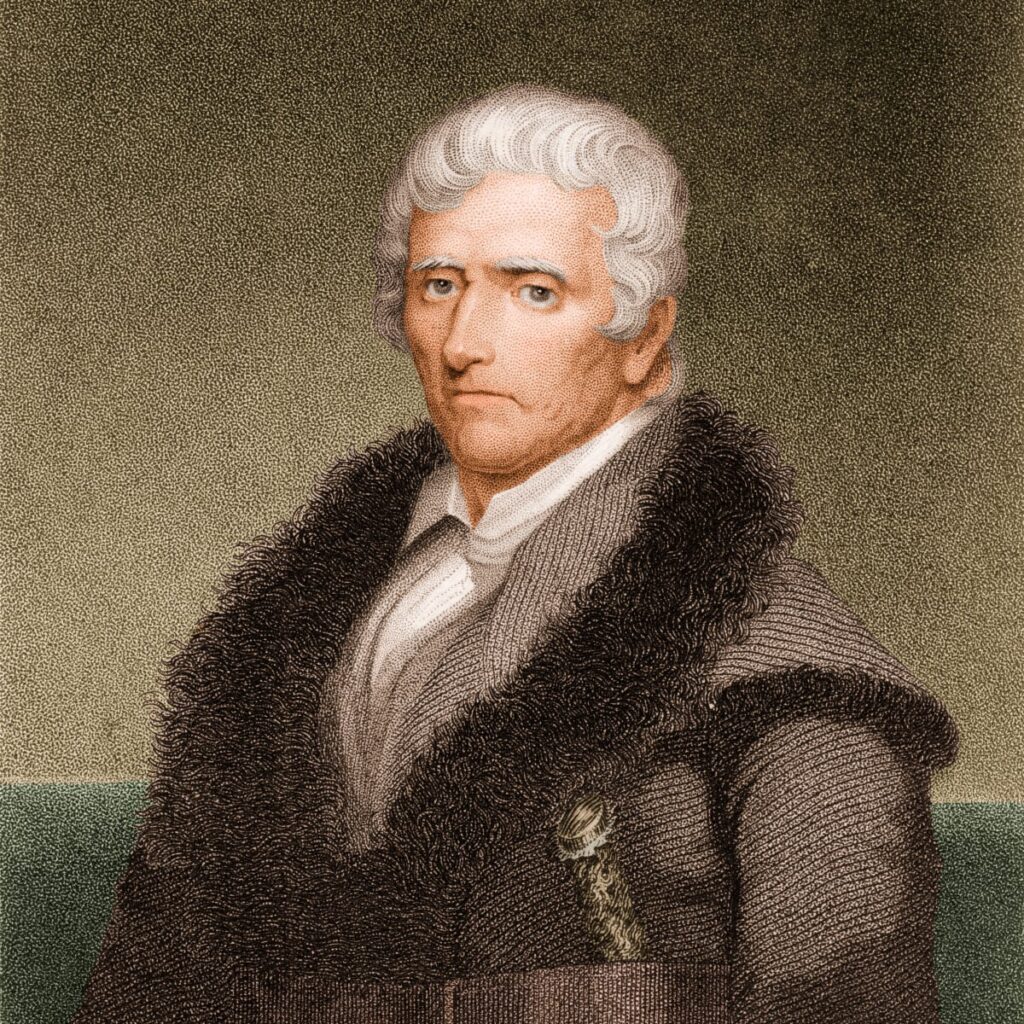
Daniel Boone
In 1780, Kentucky was divided into three counties: Fayette, Jefferson, and Lincoln, each with a militia. The commander of the Lincoln County militia was Daniel Boone for the duration of the war, including Kentucky’s most famous battle, the Battle of Blue Licks in August 1782. Though the British forces had already surrendered at Yorktown, they chose to attack Bryan Station near modern-day Lexington which became a tragic defeat for the Kentucky Militia. Loyalist Captain William Caldwell led a force of about 50 British rangers and 300 American Indians into Kentucky and on to Bryan Station. Boone had warned Colonel John Todd, Commander of the Fayette County Militia, of a possible ambush. On the morning of August 19, 1782, the British forces ambushed 182 Kentucky militiamen, killing 64.